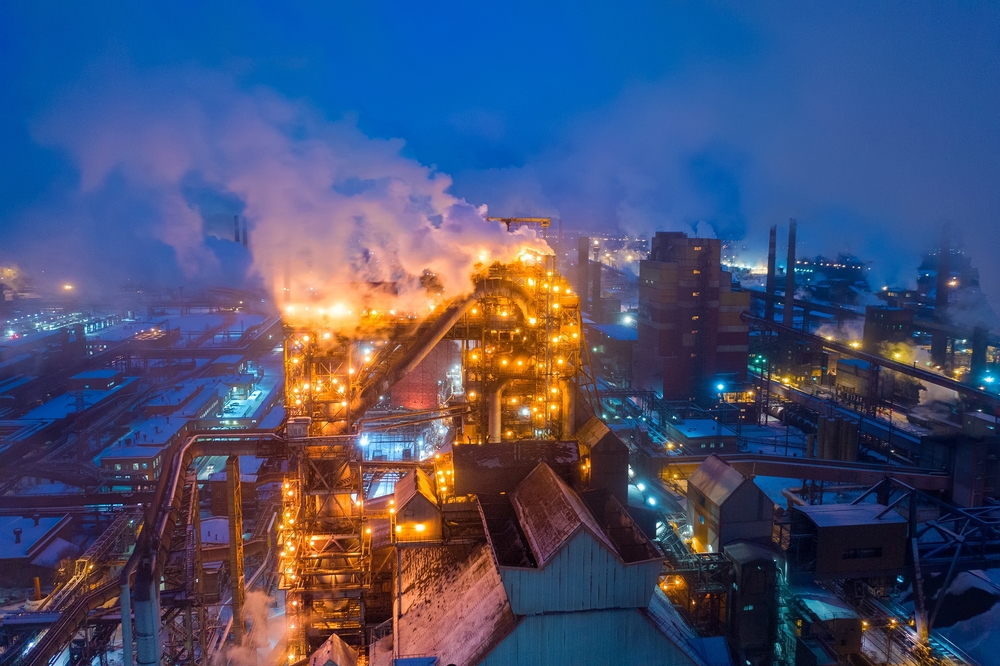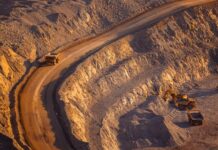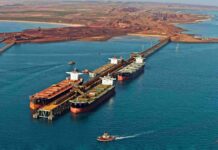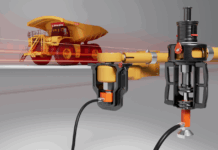Softening Chinese demand shifts iron ore paradigm

Diversification will keep major iron ore mining houses profitable, but waning Chinese demand is likely to push smaller producers out of the market, a new S&P Global report finds.
Major iron ore miners are pursuing diversification strategies, including expanding businesses into critical minerals, to widen growth opportunities and defend cash flows against China’s likely peaking demand for iron ore.
The world’s three largest iron ore producers — Vale, Rio Tinto (ASX: RIO) and BHP (ASX: BHP) — are all expanding their already substantial copper assets. Rio Tinto has also added lithium to its portfolio and BHP is making sizable investments in potash.
Even as companies prepare for a shifting market dynamic, China remains significant and a sharp fall in the country’s demand would threaten diversification strategies, S&P Global reports.
S&P reports Chinese stimulus measures since the Q3 CY24 have fostered resilience in iron ore prices, which have ranged from about $145-$160/dmt [US$95-$105/dmt] since falling to about $135/dmt [US$90/dmt] in September last year.
Despite potentially exacerbating downward price pressure, major producers continue with ambitions to add supply into structurally weakening demand, namely from Rio’s Simandou project in Guinea, which is anticipated to add an additional 120mtpa of iron ore to the market by the end of the decade.
S&P Global expects, given the heavy involvement of Chinese companies in the project, the majority of production to be sold to Chinese customers — potentially exacerbating the structural changes posed by China’s decreasing steel consumption.
High-cost producers vulnerable to weaker prices
If price pressure is severe, S&P Global predicts that higher cost producers will eventually be forced out of the market. Smaller producers face inherently higher diseconomies of scale and are likely to remain marginal and vulnerable to prices below $115/dmt [US$75/dmt], further entrenching the major producers.
The transition to an ex-growth industry phase for iron ore means the prospects for any new material producer emerging are low — in the absence of a technological change such as green steel.
China’s slowing economic growth
While China will remain the key driver of iron ore demand for the foreseeable future, its steel production is trending down meaning its iron ore demand will likely trend down over time.
S&P Global is projecting China’s economy to slow to about 4% growth in the second half of 2025 and 2026 on tepid domestic demand and weakening exports, among other issues and global steel production to incrementally decline over the next decade.
Mega projects, such as include the construction of the world’s largest hydroelectric project — Yarlung Tsangpo dam in Tibet, are likely to support steel demand and by extension iron ore prices.
China’s relaxation of controls on the property market will also likely slow the rate of weakening steel demand in the sector. However, the declining and ageing population in China presents long-term downside risks for property and economic growth, according to the Reserve Bank of Australia (RBA).
S&P predicts a trend of lower Chinese steel production levels, primarily from shrinking requirements for the property sector that will likely weigh on iron ore demand over the next two years.
All these trends mean iron ore prices are likely to be more sensitive to supply changes compared with the prior 10-year cycle where annual Chinese steel production surged from about 640mt to more than 1bt by 2020, according to S&P.
China decarbonisation of steel may curtail iron-ore demand
China’s reliance on blast-furnace technology for about 90% of steel production makes it more iron-ore intensive than more mature markets. As part of the country’s decarbonisation efforts, China is likely to see a gradual ramp up production from electric arc furnaces (EAF).
An increase in EAF production of 60mtpa over the coming decade using mostly scrap raw material at the expense of blast furnace could effectively displace about 100mtpa of iron ore demand, according to S&P Global.
The combination of the transition of some production to EAFs and prospective supply increases at a time when Chinese steel production is trending lower is set to weigh on iron ore prices in the years to come.






















